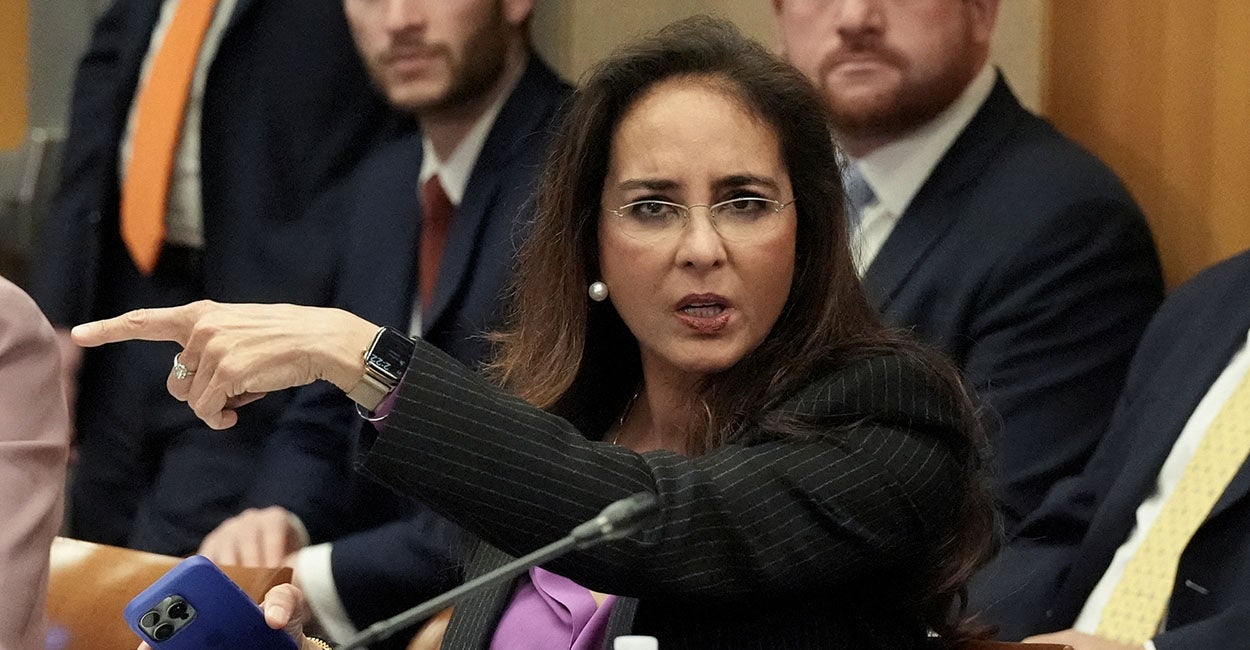The Graying of America

Forget the Golden Age. Based on today’s trends, we’re set for the Silver Age.
Live Your Best Retirement
Fun • Funds • Fitness • Freedom
The general fertility rate is at a new low, according to data released Thursday from the Centers for Disease Control and Prevention. “The fertility rate in the U.S. dropped to an all-time low in 2024 with less than 1.6 kids per woman,” reported The Associated Press.
By group, only women aged 40 and older had more children in 2024 than in 2023. Women aged 20-34 had fewer children, while women 35-39 gave birth at the same rate as the previous year.
In almost half of American counties, there are already now more seniors than children, according to a June analysis from the U.S. Census Bureau. That’s a rapid increase from 2020, when only 31% of counties had seniors outnumber kids.
No wonder President Donald Trump is calling for “baby booms” and Vice President JD Vance is saying, “I want more babies in the United States.”
Given that the fertility rate needs to be around 2.1 children per woman to keep a population stable, the U.S., like most Western countries, is clearly headed in a new—and concerning—direction.
What is behind the trend?
One possible explanation is that most women and men prefer to have children when married but are also marrying later in life, as I did. In 1960, the median age for women at their first marriage was 20, and for men, it was 22. Now, the median age for women is 28, and for men, 30, according to a Heritage Foundation report.
It’s also not just that people are getting married later. Overall, more Americans are not getting married at all during fertile years. “In 2004, 57.3 percent of women 20–44 years of age were married. By 2023, this percentage had plummeted to 45.7 percent,” writes Jonathan Abbamonte, a policy analyst in the Center for Data Analysis at The Heritage Foundation.
Economics are arguably part of the problem. Many millennials were affected by the 2008 financial crisis. Housing prices are astronomical in many regions. Onerous student loans often take years—or decades—for college grads to pay off.
But a new working paper from economists Melissa Kearney, a professor at the University of Notre Dame, and Phillip Levine, a professor at Wellesley College, suggest that while economics play a role, fertility decisions are about more than money.
“We review existing research and conclude that period-based explanations focused on short-term changes in income or prices cannot explain the widespread decline [in fertility]. Instead, the evidence points to a broad reordering of adult priorities, with parenthood occupying a diminished role,” write Kearney and Levine in their paper for the National Bureau of Economic Research.
For instance, when asked about what makes for a fulfilling life, 71% of American adults said “having a job or a career they enjoy” was extremely or very important, and 61% felt the same about “having close friends.” In contrast, only 26% thought “having children” and 23% thought “being married” were extremely or very important to having a fulfilling life, according to a 2023 Pew Research Center survey.
The authors also note that the decline of religious practice, which is correlated with higher fertility, may play a role. Two decades ago, which is roughly around when the U.S. fertility rate was still at 2.1 children per woman, about 42% of Americans attended church weekly. Now, only 30% do, according to Gallup.
So what can be done?
Economic benefits, ranging from cash for parents to housing assistance to tax credits, may move the needle slightly. For instance, one study cited in the National Bureau of Economic Research paper, found that among people in Brazil who won a lottery for a housing credit, “the probability of having a child is increased by three percent and the number of children is increased by four percent.” But those are hardly huge numbers.
Ultimately, this may come down to values and culture. Perhaps the “trad wives” of Instagram and Tik Tok, who depict having children and homemaking as an enviable life, could be more transformative than an official government push. Certainly, media can work in the opposite direction: “[T]he introduction of telenovelas, which featured smaller families and divorce as part of their plot lines, to television programming in Brazil led to a drop in fertility and a rise in divorce and separation among Brazilians exposed to the programming,” write Kearney and Levine.
Religious leaders may also have a role to play. Between 1979 to 1996, Pope John Paul II—who beautifully articulated the Catholic Church’s views on marriage and family throughout his papacy—visited Latin American countries 16 different times. In his visits, he promoted marriage and spoke against contraception. As a result, according to a 2025 University of Notre Dame paper, an additional 220,000 to 250,000 babies were born in these countries.
We can also increase awareness of ways to boost fertility, especially given that many Americans, like me, may have wanted to marry earlier but simply hadn’t met the right person yet. In vitro fertilization is often discussed, but there is also restorative reproductive medicine, which tries to solve the root causes behind infertility. The Free Press’ Madeline Kearns interviewed—and personally was treated by—a doctor who practices “NaPro,” a type of medical approach that focuses on addressing the causes of the infertility.
Missouri gynecologist Dr. Gavin Puthoff “told me that, 18 months after treatment, between 60 and 80 percent of Veritas patients with infertility will have achieved pregnancy,” Kearns wrote. “By comparison, the success rate of IVF is between 8 and 55 percent per cycle.”
A waning population is a sign of decline, not flourishing. Ultimately, the choice is up to Americans—but the more our population shrinks, the harder it will be to reverse course.
The post The Graying of America appeared first on The Daily Signal.
Originally Published at Daily Wire, Daily Signal, or The Blaze
What's Your Reaction?
 Like
0
Like
0
 Dislike
0
Dislike
0
 Love
0
Love
0
 Funny
0
Funny
0
 Angry
0
Angry
0
 Sad
0
Sad
0
 Wow
0
Wow
0











































































